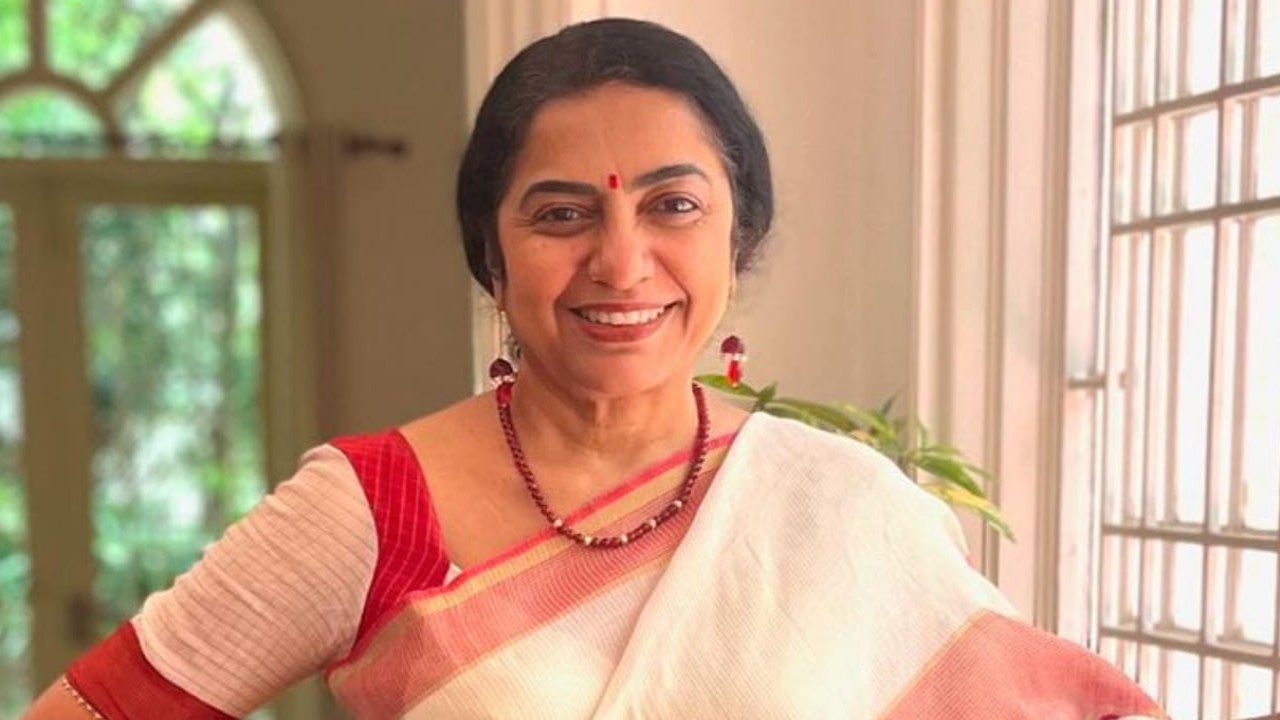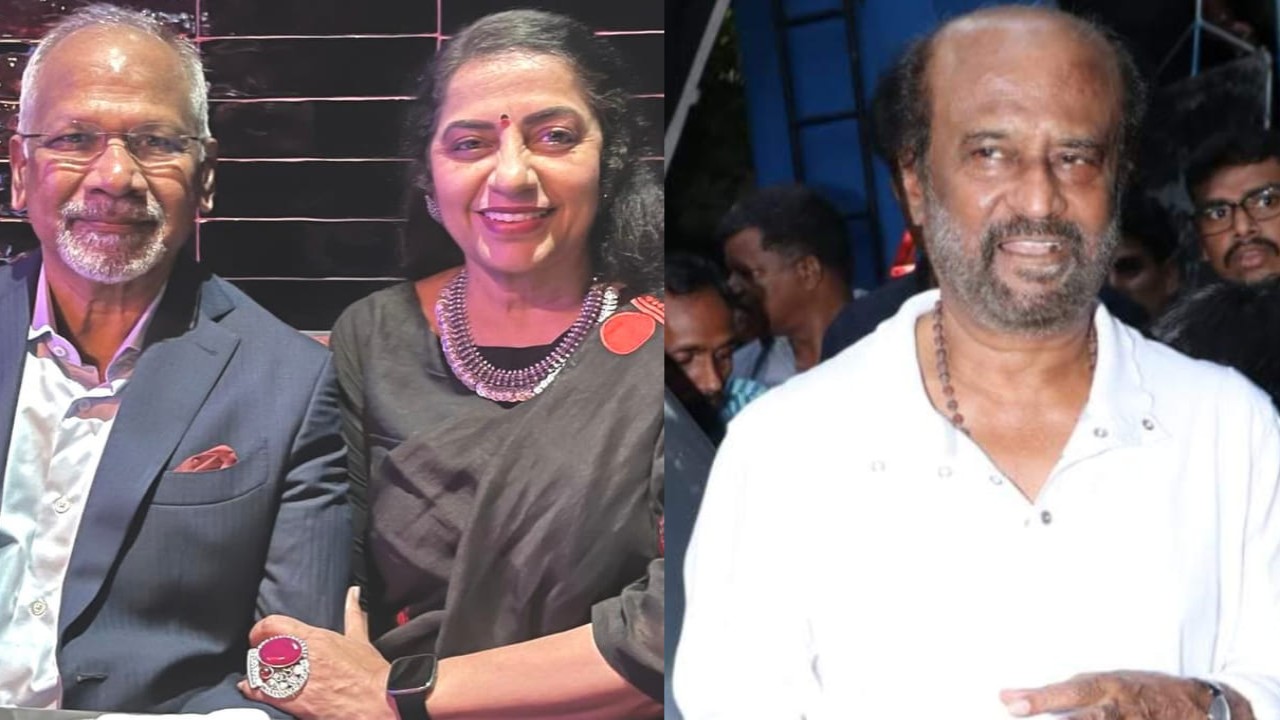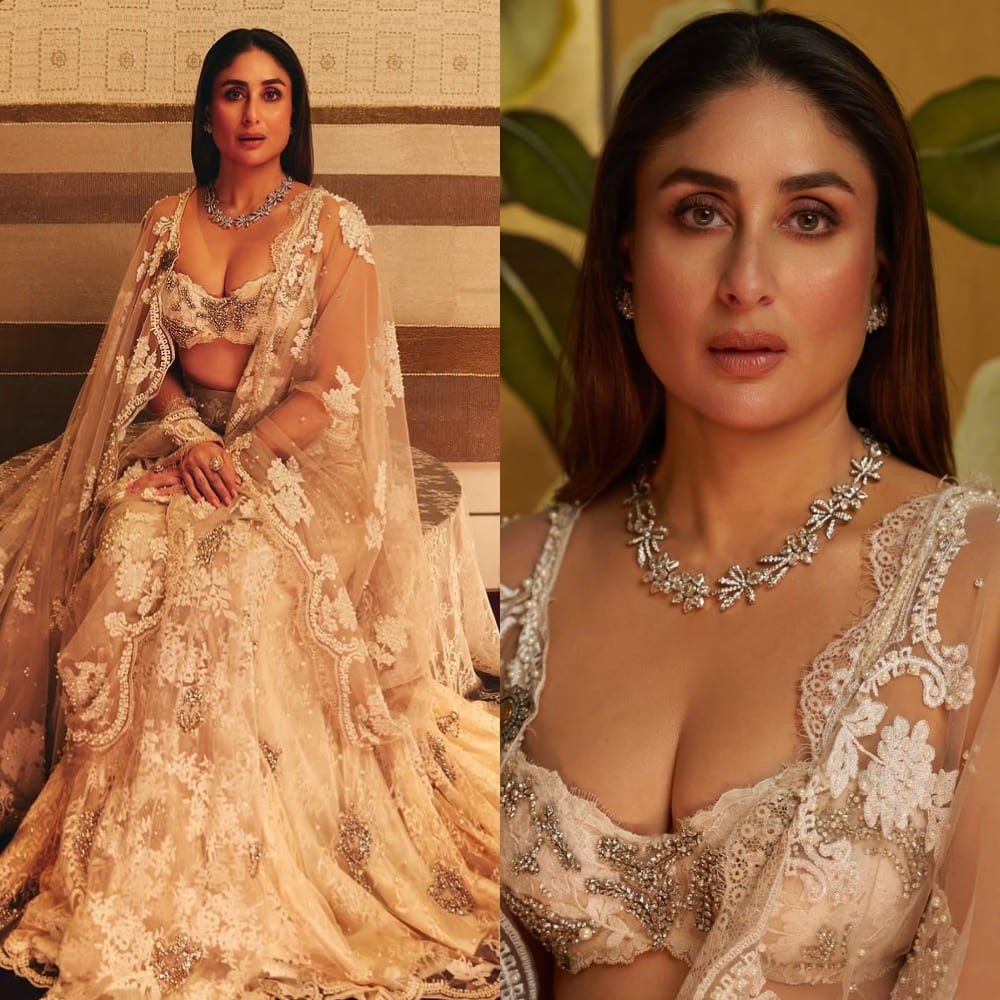Mani Ratnam’s wife Suhasini says women in cinema are being 'exploited' in the name of freedom of expression
Suhasini Maniratnam recently shared her perspective on the representation of women in Indian cinema. Read on to know more.

Ace filmmaker Mani Ratnam's wife Suhasini recently made a shocking revelation on how women in the film industry are being "exploited." In an interview with Mathrubhumi, the actress said that many artists are adopting the misguided notion that exposing skin equates to liberation. She further criticized the influence of "western" ideals on Indian cinema.
During the interview, Suhasini Maniratnam shared her perspective on the representation of women in contemporary cinema. She pointed out that there is a significant emphasis on skin exposure and intimate scenes as a result of Western trends.
Mani Ratnam's wife said, "There is a lot of freedom in skin exposure and close scenes because we’re copying the West and we don’t mind doing sensuous scenes. From the directors to the artists, they are a little more liberalized (now). We are again back to the exploitation of women. Women are doing this willingly, whether it is body exposure or close (intimate) scenes."
Suhasini mentioned that previously, to keep up in the competitive film industry, artists felt pressured to perform scenes they didn't believe in. "But today, you are saying, ‘mentally I am free to do this. It’s not for money, it’s not to be number one. But I’ll do whatever I want.’ So, I think in that facade of freedom of expression, women are exploited in films," she added.
Suhasini acknowledged that the representation of women in commercial cinema has evolved since 2010. She stated that commercial films have historically been shaped by the male gaze, a perspective that has been increasingly challenged by women in society.
She referenced actors like Vijay, who previously participated in films that echoed these traditional narratives. While she recognized that Vijay had acted alongside leading ladies like Asin in such roles, she clarified that the responsibility lies with the directors who created these narratives.
Suhasini shared that this type of storytelling has been prevalent for many years, raising the question of why it is being criticized now when it was accepted in the past.

Are Rajinikanth and Mani Ratnam collaborating on a movie? Here’s what Suhasini Maniratnam has to say about ongoing rumors





 JOIN OUR WHATSAPP CHANNEL
JOIN OUR WHATSAPP CHANNEL


















































